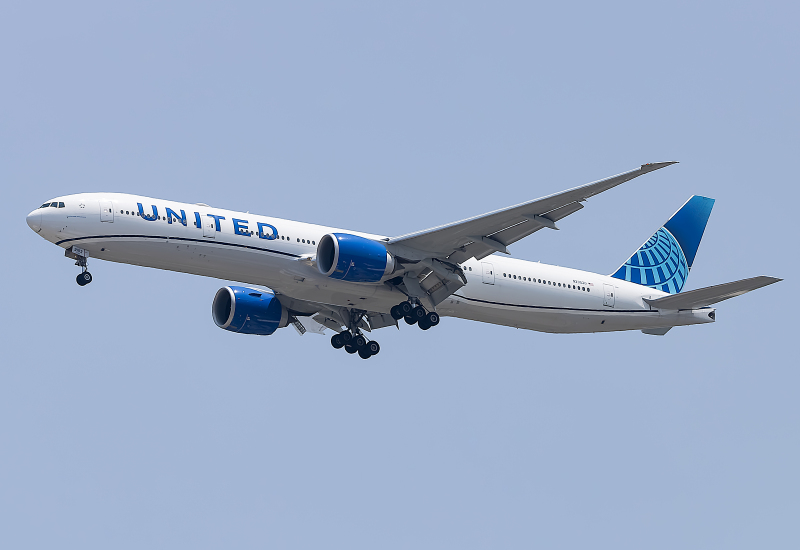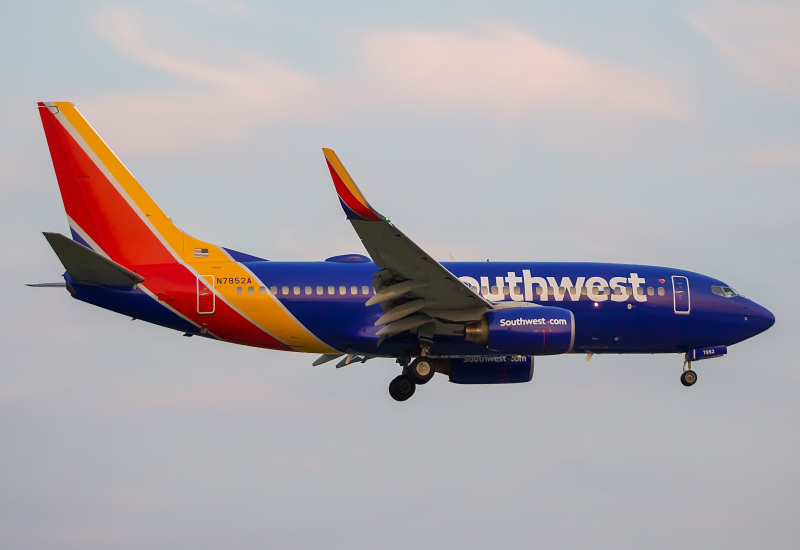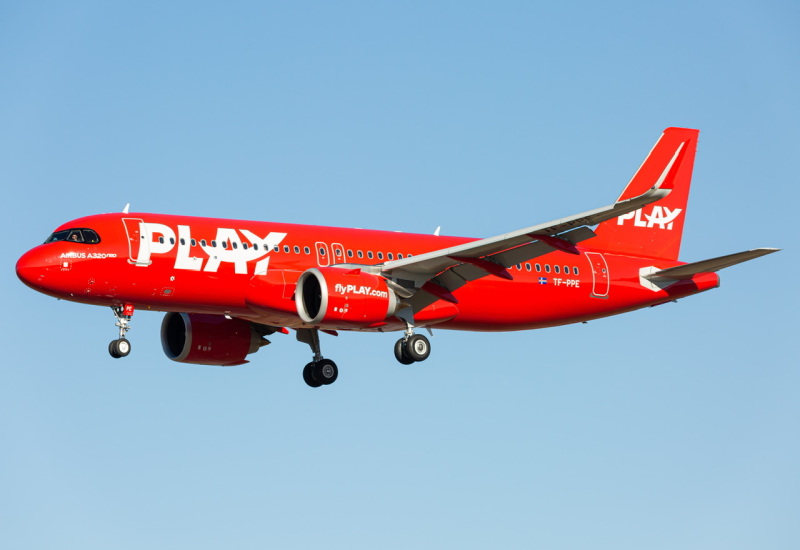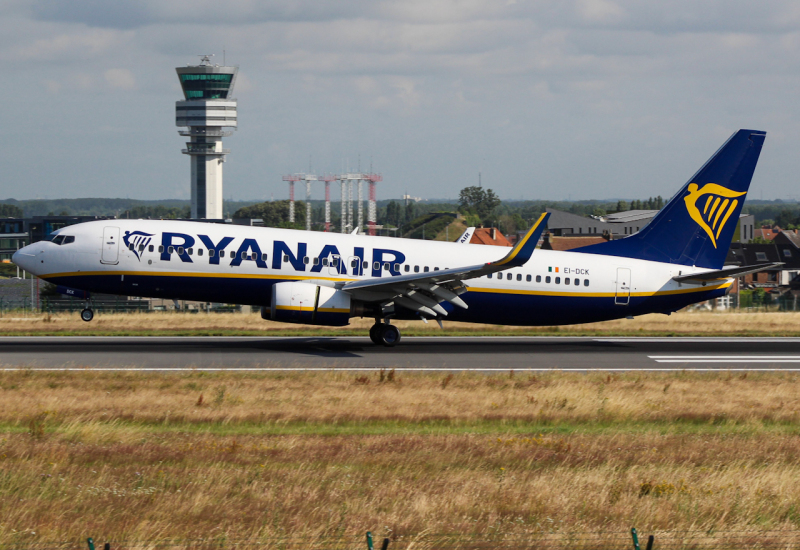[ad_1]
Are you an avid flyer with an entrepreneurial spirit? Do you obsess over the economics of aviation and wonder if you could introduce a new airline model to the market yourself? Well, if you think you have what it takes to start an airline, you have made it to the right place. In this article, we will go over all the essential steps required should you want to see new customers board your from-scratch airline.
The Business Plan
If you are like me, every time you fly an airline you view their decisions and practices with a critical eye. Why do some airlines charge ancillary revenues, and some allow you to check bags for free? Is there any economic sense behind why you pay for checked bags but not carry-ons? Ultimately, the promotions airlines run, the fares they charge, the quality they offer, etc. are all guided by a business plan.
A simple Google search will tell you that a business plan is a “formal written document containing the goals of a business, the methods for attaining those goals, and the time-frame for the achievement of the goals.” For an airline, a business plan is meant to attract private investors to help bring the airline to fruition, meaning it must be robust and well-thought-out. The most important details a business plan must contain are the why and the how: What gaps exist in the airline industry (the premise—why—for the idea), and how will the airline fill the gap?
A well-developed business plan will contain a sophisticated analysis of competition in the industry, often localized to airports the airline will call home, focus city, or hub. This analysis typically breaks down what current airlines charge, where they fly, and how well they perform financially.
But beyond the initial why, there needs to be a heightened focus on how exactly the airline fills the existing gaps. These gaps will look very different depending on the type of airline you want to run. A commercial airline will obviously fill price or service gaps, but a charter airline may try to offer a subscription service to target wealthier customers who don’t have many choices at present.
The business plan will also demarcate the type of service you wish to offer, and the route structure you will implement at the onset. Will you have a single hub and numerous spoke routes? Will you fly point-to-point with rock-bottom prices like Skybus attempted to do in the late 2000s?

Airports range in size and market potential and are limited by gates and slots. Choosing the right base airport will have large implications on the size and scope of your airline. Serving the “correct” destinations from your base is another important matter; justifying your routes to investors will require detailed analysis, numbers, and financial projections.
Business Plan – other considerations
One of the other key considerations in a business plan is the type of aircraft you wish to operate. For airlines like Southwest and Ryanair, the Boeing 737 family is the only aircraft they operate. This aids in the standardization of training and maintenance fleet-wide, keeping operating costs low. For legacy carriers like Delta and United, their fleet is huge and varied with aircraft from Embraer, Airbus, and Boeing all in the fleet. You may also just be considering starting a small airline—and thus only desire small aircraft. All of these options are important for consideration.
When choosing the type of aircraft to operate, it is critical to consider fuel economy and cost. The Boeing 737 MAX is arguably the most fuel-efficient aircraft on the market today but it comes at a steep price. New startup airlines such as Avelo Airlines decided to lease used 737-700 aircraft to save money, but other airlines may opt to purchase new planes directly from Airbus, Boeing, or other manufacturers.
Importantly, consultants who you may work with on a business plan will offer guidance on what aircraft would suit your plan the best. As an example, for a high school project, I worked with StartupBoeing to write a mock airline business plan for a low-cost airline based in San Bernardino. StartupBoeing obviously has expertise with Boeing aircraft, and like any group associated with an airline manufacturer, encouraged me to use Boeing aircraft and offered data on the financial performance and economics of Boeing aircraft specifically.

Business plans not only shape the present to sway investors but are helpful in informing the future. Successful airline business plans will outline growth strategies and opportunities. After all, isn’t the main goal of running an airline to turn a profit? Turning a profit may be hard to come by with such a small initial operation, but with new hubs, routes, planes, or staff, growth is possible. How will you grow your airline?
Beyond the framework of your airline being outlined in the business plan covering strategy and service, you’ll need to highlight important financial information using modeling. How many passengers do you expect to carry, and how much revenue will that bring in? What costs will you incur, and how much will fuel cost you? Southwest Airlines is notorious for hedging jet fuel and famously got a deal for jet fuel in the early 2000s for rock-bottom prices. If the costs are calculated correctly and the future balance sheet looks clean, you’ll secure the much-needed investment to pursue your airline further.
Naming
With a solid business plan, strong financial backing, aircraft in order, and slots obtained, one of the next logical steps is to name the airline. Many airlines, like Breeze Airways, decided on a name late in the process. Key tenets of the business plan were made public well in advance of the inaugural flight, and for years the Airline was referred to as Moxy—with the only known details being the airports served, planes acquired, and pricing scheme.
A strong name is essential not only for marketing but visibility as well. Many of the modern names today ooze elegance—”StarLux” for example—and others reflect elements of laid-back fun: “PLAY Airlines”.

Certification
With a name and plan in pocket, obtaining the necessary certification to take to the sky is the logical next step. Aviation is guided by a single large principle: safety. Flight attendants give a safety briefing every flight, and as the airlines always say, safety is our number one priority. Evidently, airlines have to verify that they are safe first before they take to the sky; certification is the way to do this.
Ultimately, an airline must acquire an Air Operator’s Certificate (AOC). Regulations vary by country and the governing body, but the requirements typically remain the same. In the United States, the Federal Aviation Administration (FAA) is responsible for overseeing and handing out such certificates. The American Code of Federal Regulations notes that the following requirements must be met for most AOCs:
- Sufficient personnel with the required experience for the type of operations requested.
- Airworthy aircraft, suitable for the type of operations requested. At least one aircraft must be in the fleet to obtain an AOC.
- Acceptable systems for the training of crew and the operation of the aircraft (Operations Manual).
- A quality system to ensure that all applicable regulations are followed.
- The appointment of key accountable staff, who are responsible for specific safety-critical functions such as training, maintenance and operations.
- Carriers Liability Insurance (for Airlines) – Operators are to have sufficient insurance to cover the injury or death of any passenger carried.
- Proof that the operator has sufficient finances to fund the operation.
- The operator has sufficient ground infrastructure, or arrangements for the supply of sufficient infrastructure, to support its operations into the ports requested.
- The certificate is held by a legal person who resides in the country or region of application (for EASA).
Additionally, Simple Flying notes that supplemental information is required by the airline when submitting an application for the AOC. This includes:
- The organization of the company
- Where the operation will be based and the location of the business
- The intended AOC management structure
- The competence of the individuals who will be working for the operation
- How the AOC will be financed
- What sort of operation is required
- What aircraft will be operated
- What geographical area is operated in
Finally, following this, an airline must obtain an Operator Certification from the FAA.
Staff
Next, airlines must hire the necessary staff to conduct operations. This goes beyond just internal staff on the business side; airlines require operations staff at the airport to ensure flights can board, load baggage, check in customers, clean cabins, cater food, etc. The quality of this branch of staff can have a major impact on the image of your airline.

Some low-cost airlines dedicate less attention to the customer-facing aspect of operations, while JetBlue famously spent significant amounts of money on flight attendant training to ensure they had the best staff possible upon launch. Ryanair follows a self-handling model, where they train their own staff in-house and don’t rely on a third-party source. Other times airlines will be forced to use external staff at large airports where they otherwise don’t have an established presence.
Final Steps
With staff hired and the necessary certifications obtained, the airline can start working towards the final steps prior to launch. Most importantly, the airline needs to build a presence in the press and market themselves favorably. After all, customers will tend to choose airlines that have a good reputation, and often airlines begin with no reputation at all due to poor marketing. The internet and social media have made marketing significantly easier; if your airline has substantially lower fares than the competitor, this is something to market beforehand. Use bright colors and a fun name? You might attract new customers who want a more fun flying experience.
The key to good marketing is targeting the right customer base. A leisure airline will want to target leisure travelers primarily, and a legacy airline like Delta has to consistently cater to a mix of leisure and business travelers. Knowing your competition will be key since you can outmarket their weakness. Are you offering a new nonstop route that another established airline at your home base doesn’t offer? Are you offering a new class of service your competitors don’t offer?
The airline will also have to hire remaining staff positions. Beyond the customer-facing roles and business operations side, the airline will need lawyers, engineers, route planners, HR managers, and more. Make sure you leave no role unfilled! As with customer-facing roles, recruiting the right staff goes a long way. If you can use data effectively, you might be able to find the next untapped route to boost profit, or effectively advocate for slots at airports you want to serve in the future.
Launch
At this point, the airline is ready to launch. You have the planes, staff, certifications, financial backing, customer base, and airport approval. Now it is time to market the launch date and plan an equally suitable party. Lavish is good here: airlines often give out gifts, food, drinks, and other goodies at inaugural flights. Maybe your CEO can give a speech to rile up the crowd, but ultimately, your goal here is to convince the airport and its passengers that your airline deserves its gates and slots. In other words, the market deserves your airline because it is innovative and adds something that currently is lacking.
Your product is not first sold when a passenger sits down and judges the seat, but when they come to the gate for the flight and staff speak on behalf of the airline.
[ad_2]
Source link
